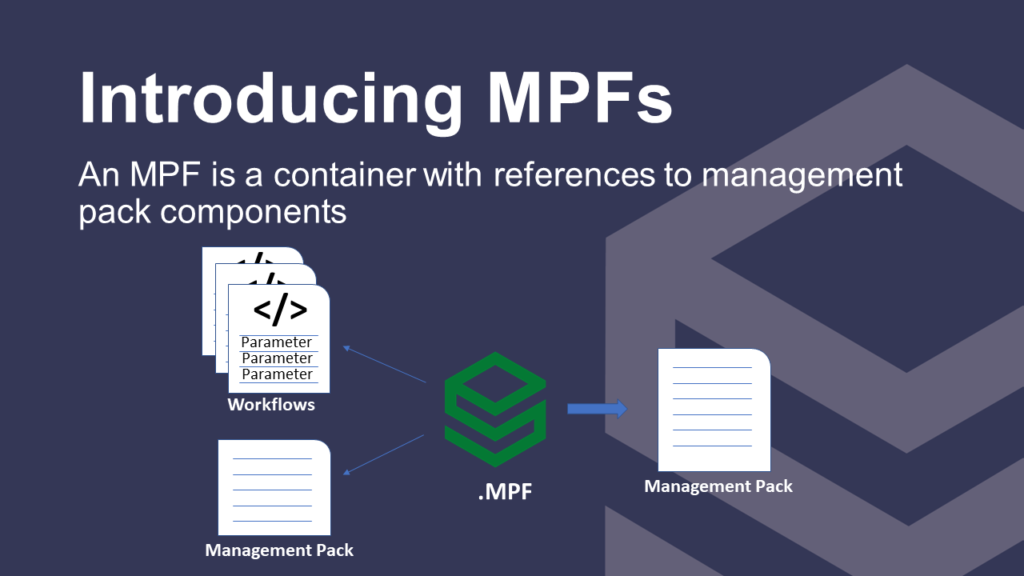Simplifying MP Authoring

One of the big challenges with Microsoft System Center Operations Manager is setting up monitoring of custom applications, services and infrastructure. Effective monitoring requires the development of a management pack (MP) which in turn requires a really good understanding of SCOM and also of the many components of an MP including classes, discoveries, rules, monitors and more. It also can potentially require learning a new tool such as Visual Studio and the SCOM Authoring Extensions or (heaven forbid) using native XML editing to create an MP. Yikes!
So after many years of making MP authoring simpler by providing a wizard-based experience, we decided to try to further simplify the MP development experience. We want to do this as part of a larger initiative here at Silect to make using all aspects of SCOM simpler to use. Our goal is to make it such that non-SCOM experts would be able to author an MP whenever and wherever they need to. We want to make it simple but still make it powerful enough so that most applications can be monitored effectively and efficiently by SCOM. We also want to use an approach that encourages a standard approach to authoring to ensure MPs can be maintained as efficiently as possible.
After much discussion we came up with the idea that allowing the user to work with “workflows” as opposed to individual SCOM elements would deliver the necessary abstraction to simplify the experience. Users should be able to think about application monitoring using a context they understand as opposed to trying to map that into how SCOM works. Sure they still need to understand their application and health model, but using workflows will reduce the need to fully understand SCOM and its many components.
So to support this new approach we introduce the MPF. An MPF is a new file format which contains references to one or more workflows. Users can easily add or remove workflows or change the parameters for workflows used in a MP by simply editing the MPF. When the authoring work is completed the MPF is “compiled” or built into an MP which SCOM can use. One of the great things about this approach is that workflows are actually fragments and there are hundreds of fragments available in the community to address virtually any monitoring scenario. In addition, customers can develop and use their own fragments.

Benefits
- Simplifies MP authoring by providing a workflow-oriented authoring experience
- Updates to a fragment can now be easily incorporated into the MPs that use the fragment
- There are hundreds of fragments available to address most authoring scenarios
- Simplifies MP maintenance by supporting addition or removal of fragments or changing parameters used by fragments
- Silect MP Studio and the Silect Operations Portal / Silect Operations Portal Managed Instance all support working with this new MPF approach
Next Steps
Watch our webinar Simplifying SCOM MP Authoring
Create your own MPF using the Silect Cloud: https://Cloud.Silect.com
Get an evaluation copy of MP Studio or the Silect Operations Portal and start using MPFs
Learn more about Fragments